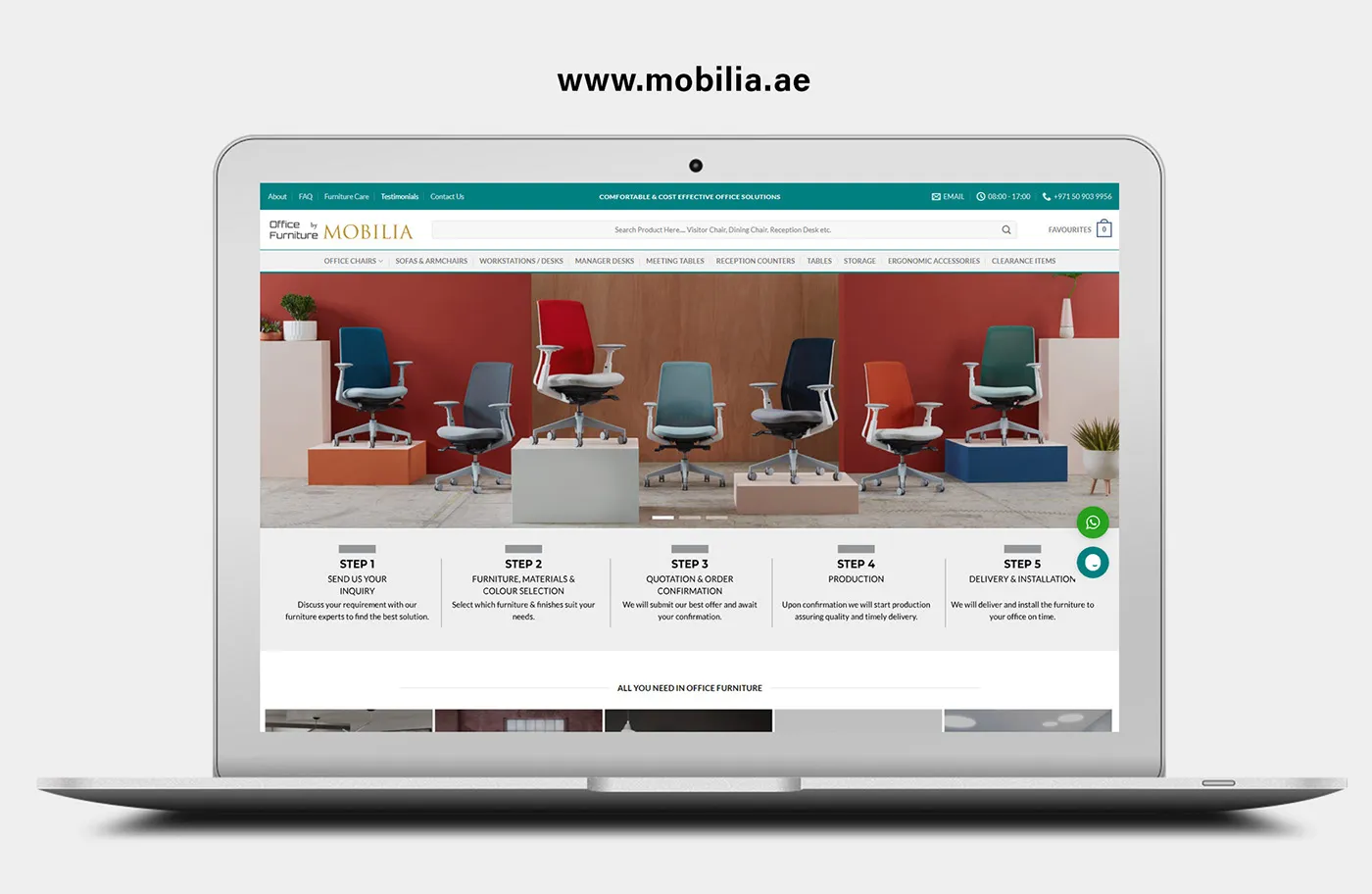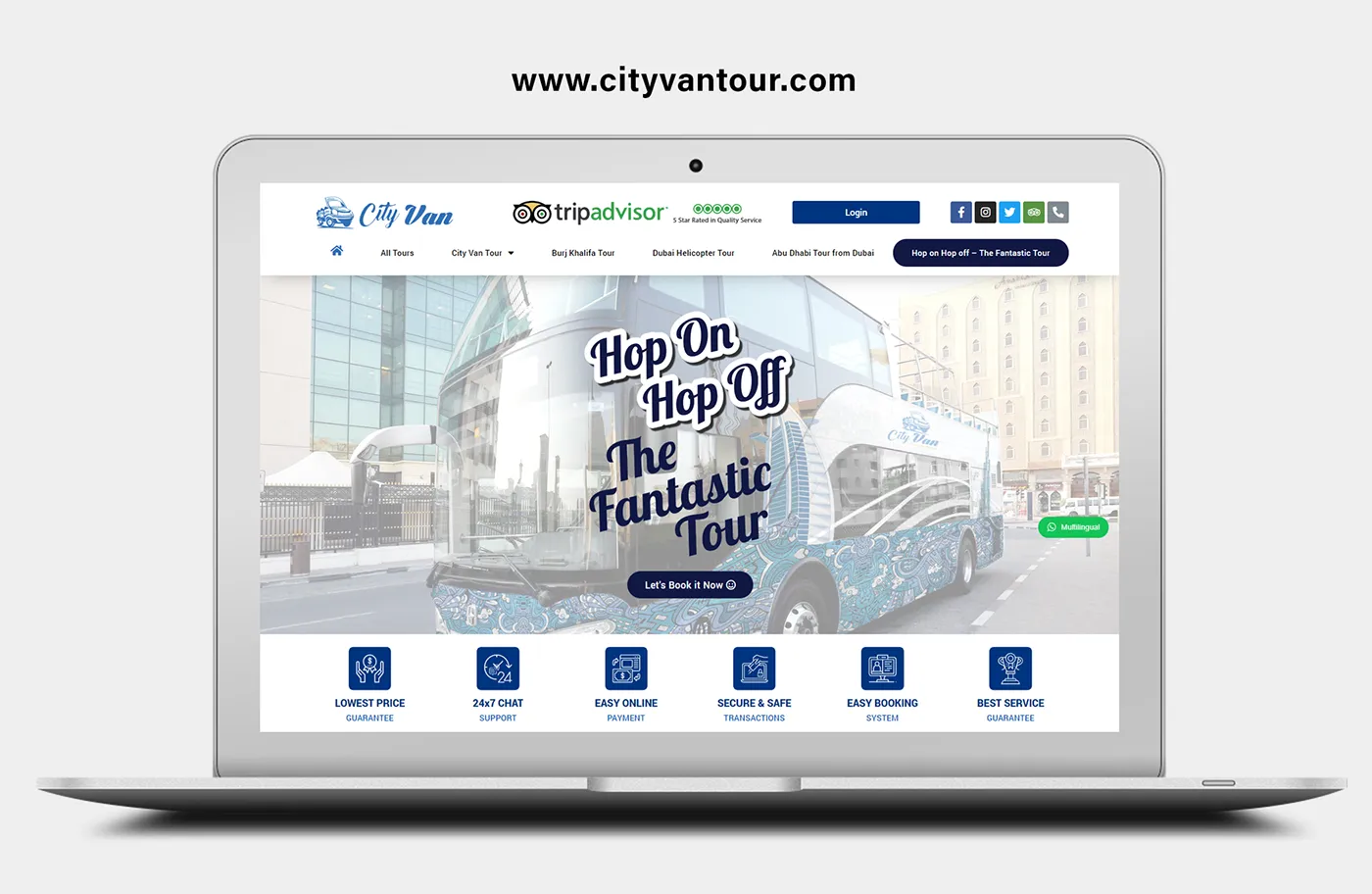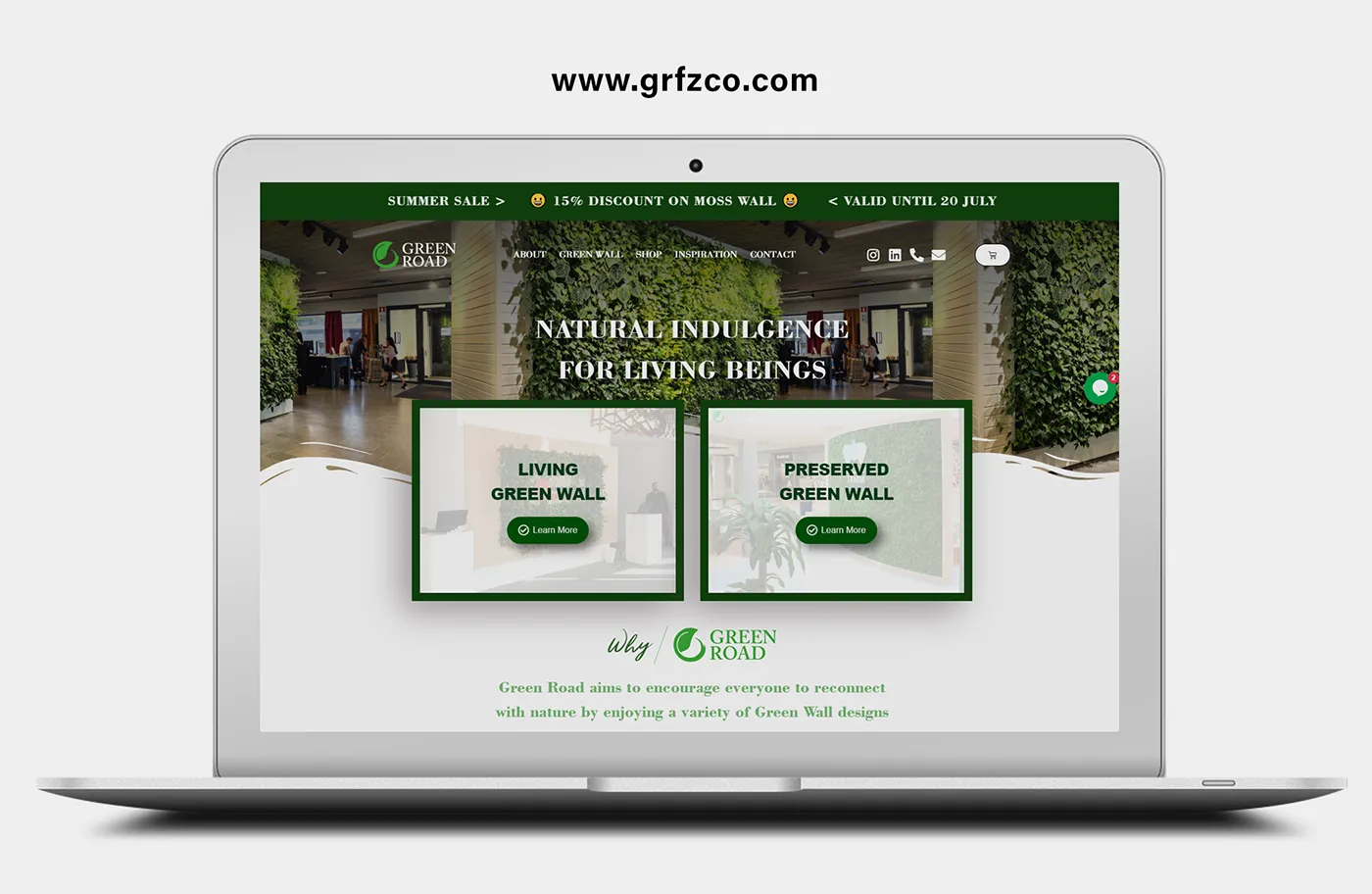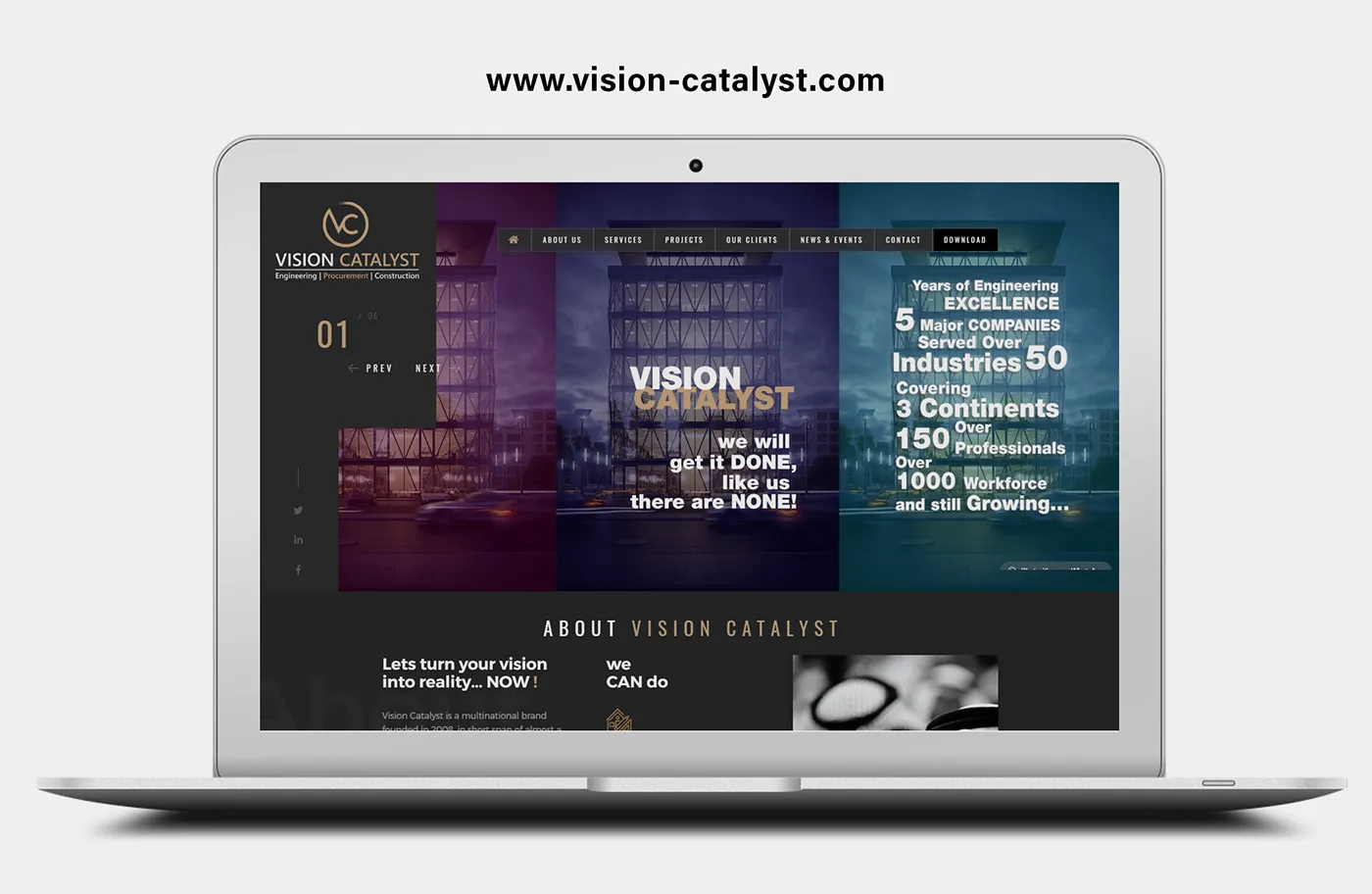Image optimization is crucial in modern SEO. It involves reducing image file sizes while maintaining visual quality to ensure faster loading speeds, enhanced SEO rankings, and an engaging user experience. For creative agencies like WEFORDESIGN in Dubai, mastering image optimization helps deliver high-performing, visually stunning websites that retain users and rank better.
Why Image Optimization Matters for WEFORDESIGN
1. Improve Website Loading Speed
Large, unoptimized images significantly increase page load time. At WEFORDESIGN, we compress and resize all visuals to ensure your website loads faster, boosting both performance and search engine rankings.
2. Enhance Search Engine Optimization (SEO)
By using descriptive filenames, alt attributes, and image schema, WEFORDESIGN ensures your visuals contribute to higher visibility on Google’s search and image results—driving more organic traffic and conversions.
3. Deliver Better User Experience
Optimized images reduce loading delays, especially on mobile networks. This creates a smoother browsing experience, lowers bounce rates, and keeps users engaged—key factors in our technical SEO strategy.
How to Optimize Images for the Web: Step-by-Step Guide
1. Choose the Right File Format
-
JPEG for photos and complex visuals
-
PNG for transparent images
-
WebP for modern browsers (smaller size, excellent quality)
-
SVG for vector graphics and icons
For a detailed explanation, refer to Google’s Image Optimization Guide.
2. Compress Images Without Losing Quality
Use tools like:
-
Adobe Photoshop’s “Save for Web”
WEFORDESIGN Tip: Always test image quality after compression to maintain brand aesthetics.
3. Use Descriptive File Names
Avoid default names like IMG_1234.jpg. Instead, use names like custom-logo-design-dubai.jpg.
4. Add Relevant Alt Text
Alt text improves accessibility and helps search engines understand the image. Use keywords naturally.
Example:
5. Implement Lazy Loading
Lazy loading defers image loading until users scroll to them, reducing initial page load time.
Learn more from Google Developers.
6. Resize Images Responsively
Ensure images are not larger than the container they’re displayed in. Use srcset for responsive delivery across devices. We implement this in every UI/UX web project.
Image Optimization Tools We Recommend at WEFORDESIGN
Online Tools
Plugins for CMS (WordPress)
Common Image Optimization Mistakes to Avoid
-
Uploading raw DSLR images without compression
-
Missing or duplicate alt attributes
-
Using non-responsive images on mobile
-
Not converting to WebP format when supported
Image SEO Tips for Dubai-Based Businesses
For WEFORDESIGN’s Dubai clients, localized SEO also applies to images:
-
Use alt text with regional keywords (e.g., restaurant branding Dubai)
-
Geotag images when possible for location-based results
-
Use CDNs like Cloudflare or BunnyCDN for faster delivery
FAQs About Image Optimization
1. What is image optimization?
Image optimization is the process of reducing image size while maintaining quality to improve website performance and SEO.
2. Why is image optimization important for SEO?
Optimized images load faster and include alt text and structured data, helping search engines index and rank your content more accurately.
3. How can I reduce image file size?
Use tools like TinyPNG, ImageOptim, or Photoshop’s “Save for Web” feature.
4. What is the best image format for web?
Use JPEG for photos, PNG for transparency, and WebP for modern compression.
5. What is lazy loading?
Lazy loading delays image loading until a user scrolls to them—boosting speed and reducing initial load time.
6. How does alt text affect SEO?
Alt text describes image content to search engines and screen readers, improving both accessibility and search visibility.
7. Should I use WebP images?
Yes, WebP offers smaller file sizes and faster loading—ideal for performance-focused websites.
8. Can large images slow down my website?
Absolutely. Large uncompressed images are a leading cause of slow-loading websites, especially on mobile.
9. Does Google consider image speed in rankings?
Yes. Page speed, including image load time, is a known ranking factor in Google’s algorithm.
10. How can WEFORDESIGN help with image optimization?
WEFORDESIGN implements end-to-end image optimization in every web design and development project—from format selection to lazy loading and responsive scaling.
Final Thoughts
Image optimization is not just a technical checkbox—it’s a core component of web performance, SEO, and branding. Whether you’re building a portfolio, corporate, or eCommerce website in Dubai, WEFORDESIGN ensures every image tells your brand story without slowing down your user journey.
Explore more about our SEO Services in Dubai and how we build high-performance websites that don’t compromise on design or speed.





